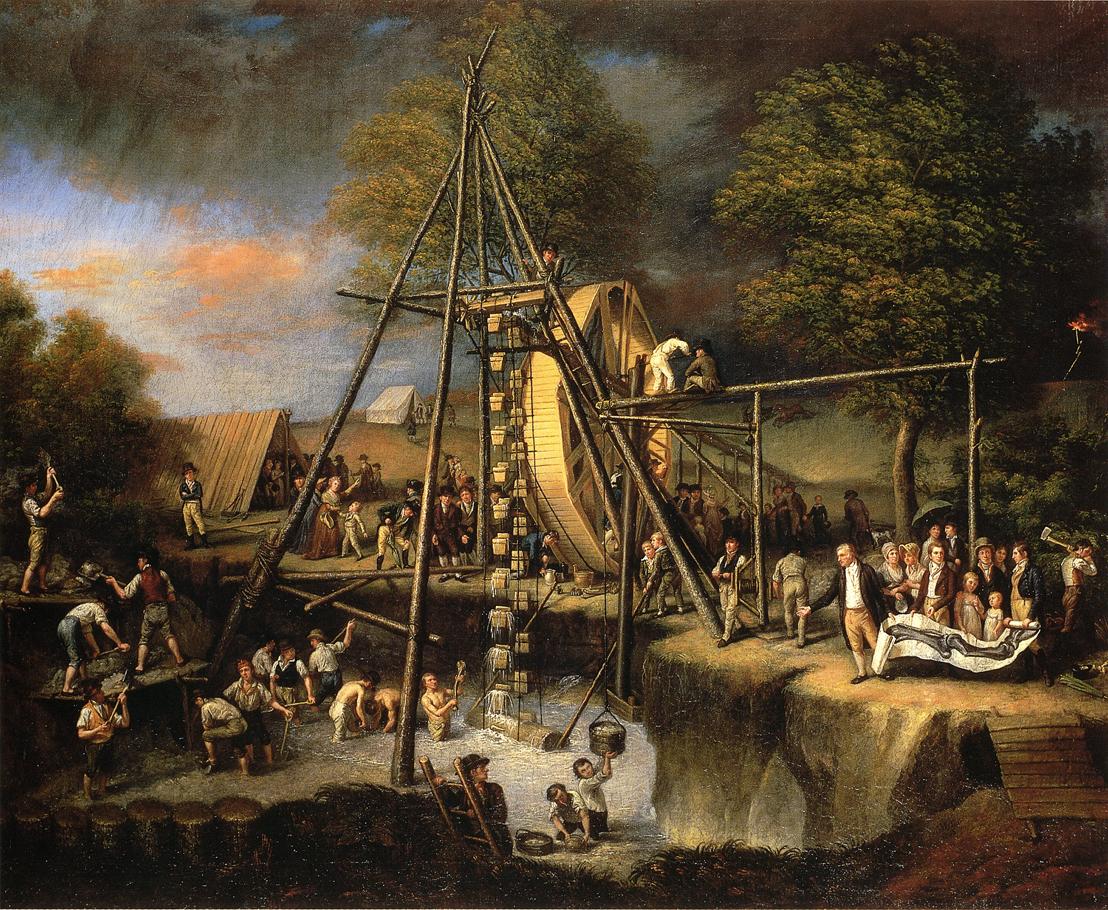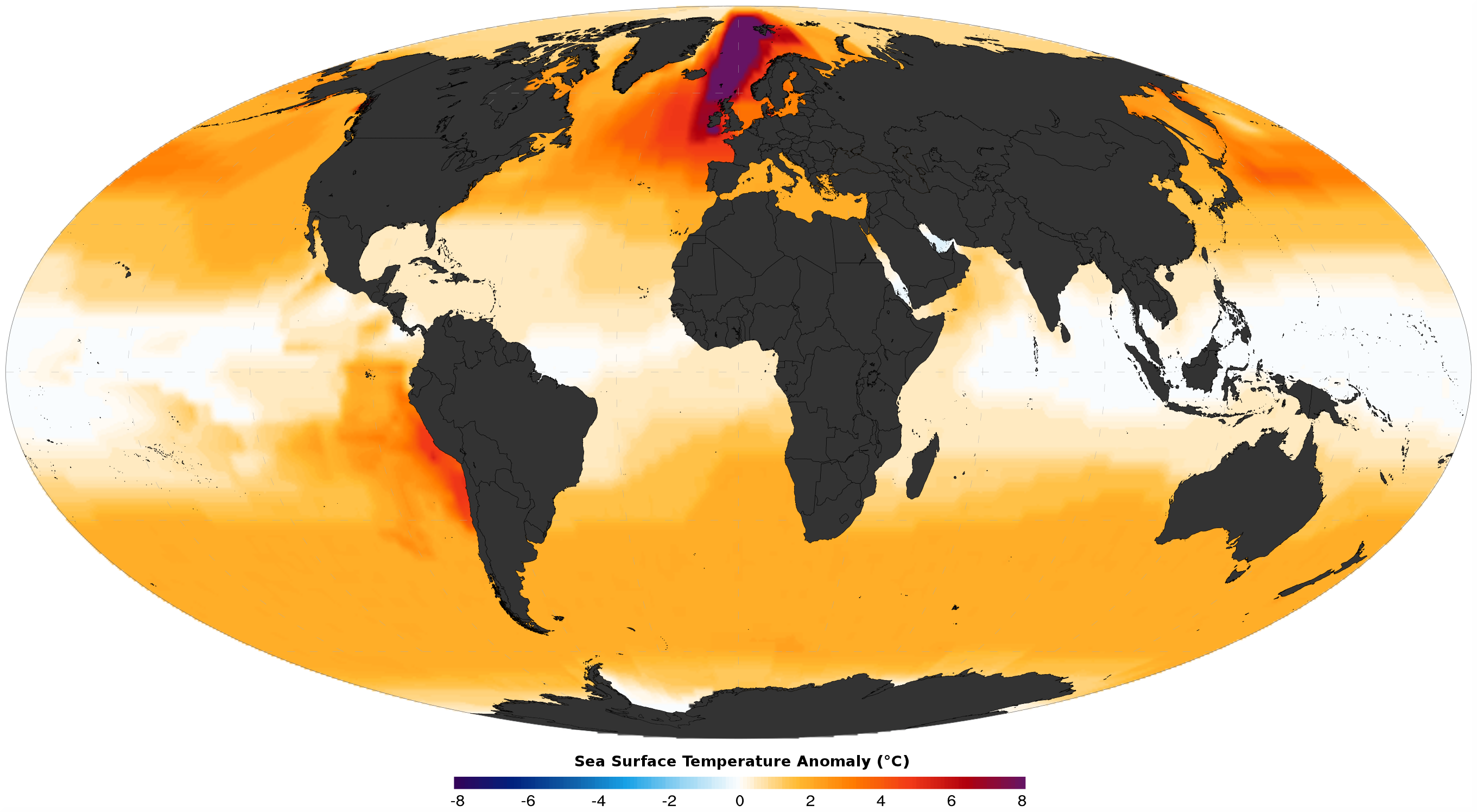|
Zygolophodon
''Zygolophodon'' is an extinct genus of African, Asian, and European mammutid that lived from the Miocene to the Late Pliocene Late may refer to: * LATE, an acronym which could stand for: ** Limbic-predominant age-related TDP-43 encephalopathy, a proposed form of dementia ** Local-authority trading enterprise, a New Zealand business law ** Local average treatment effe .... Taxonomy ''Zygolophodon'' belongs in the family Mammutidae, whose best known member is the American mastodon. ''Zygolophodon tapiroides'' and ''Z. turicensis'' are known from the Early-Middle Miocene of Europe, while ''Z. aegyptensis'' is known from the Early Miocene of Egypt, while ''Z. lufengensis'', ''Z. chinjiensis'', and ''Z. nemonguensis'' have been found in Miocene deposits in East Asia. '' Miomastodon'' was previously synonymized with ''Zygolophodon'', but is apparently a distinct genus similar to '' Gomphotherium'' in having bunodont cheek teeth. References Mastodons Miocene proboscide ... [...More Info...] [...Related Items...] OR: [Wikipedia] [Google] [Baidu] |
Mammutidae
Mammutidae is an extinct family of proboscideans that appeared during the Oligocene epoch and survived until the start of the Holocene. The family was first described in 1922, classifying fossil specimens of the type genus ''Mammut'' (mastodons), and has since been placed in various arrangements of the order. The name "mastodon" derives from Greek, "nipple" and "tooth", as with the genus, referring to a characteristic that distinguishes them from allied families. The genus '' Zygolophodon'' has also been assigned to this family. Mammutids ranged very widely, with fossils found in North America, Africa, and throughout Eurasia. Discoveries Since the 18th century several fossils have been found in different regions of Venezuela; the first one of these fossils was reviewed by Alexander von Humboldt. In August 2008, miners in Romania unearthed the skeleton of a 2.5-million-year-old mastodon, believed to be one of the best preserved in Europe. [...More Info...] [...Related Items...] OR: [Wikipedia] [Google] [Baidu] |
Mastodons
A mastodon ( 'breast' + 'tooth') is any proboscidean belonging to the extinct genus ''Mammut'' (family Mammutidae). Mastodons inhabited North and Central America during the late Miocene or late Pliocene up to their extinction at the end of the Pleistocene 10,000 to 11,000 years ago. They lived in herds and were predominantly forest-dwelling animals. They generally had a browsing diet, distinct from that of the contemporary Columbian mammoth, which tended towards grazing. ''M. americanum'', the American mastodon, and ''M. pacificus'', the Pacific mastodon, are the youngest and best-known species of the genus. Mastodons disappeared from North America as part of a mass extinction of most of the Pleistocene megafauna, widely believed to have been caused by a combination of climate changes at the end of the Pleistocene and overexploitation by Paleo-Indians. History A Dutch tenant farmer found the first recorded remnant of ''Mammut'', a tooth some in weight, in the village of Cl ... [...More Info...] [...Related Items...] OR: [Wikipedia] [Google] [Baidu] |
Miocene Mammals Of Asia
The Miocene ( ) is the first geological epoch of the Neogene Period and extends from about (Ma). The Miocene was named by Scottish geologist Charles Lyell; the name comes from the Greek words (', "less") and (', "new") and means "less recent" because it has 18% fewer modern marine invertebrates than the Pliocene has. The Miocene is preceded by the Oligocene and is followed by the Pliocene. As Earth went from the Oligocene through the Miocene and into the Pliocene, the climate slowly cooled towards a series of ice ages. The Miocene boundaries are not marked by a single distinct global event but consist rather of regionally defined boundaries between the warmer Oligocene and the cooler Pliocene Epoch. During the Early Miocene, the Arabian Peninsula collided with Eurasia, severing the connection between the Mediterranean and Indian Ocean, and allowing a faunal interchange to occur between Eurasia and Africa, including the dispersal of proboscideans into Eurasia. During the late ... [...More Info...] [...Related Items...] OR: [Wikipedia] [Google] [Baidu] |
Pliocene Mammals Of Africa
The Pliocene ( ; also Pleiocene) is the epoch in the geologic time scale that extends from 5.333 million to 2.58See the 2014 version of the ICS geologic time scale million years ago. It is the second and most recent epoch of the Neogene Period in the . The Pliocene follows the Epoch and is followed by the Epoch. Prior to the 2009 ... [...More Info...] [...Related Items...] OR: [Wikipedia] [Google] [Baidu] |
Miocene Mammals Of Africa
The Miocene ( ) is the first geological epoch of the Neogene Period and extends from about (Ma). The Miocene was named by Scottish geologist Charles Lyell; the name comes from the Greek words (', "less") and (', "new") and means "less recent" because it has 18% fewer modern marine invertebrates than the Pliocene has. The Miocene is preceded by the Oligocene and is followed by the Pliocene. As Earth went from the Oligocene through the Miocene and into the Pliocene, the climate slowly cooled towards a series of ice ages. The Miocene boundaries are not marked by a single distinct global event but consist rather of regionally defined boundaries between the warmer Oligocene and the cooler Pliocene Epoch. During the Early Miocene, the Arabian Peninsula collided with Eurasia, severing the connection between the Mediterranean and Indian Ocean, and allowing a faunal interchange to occur between Eurasia and Africa, including the dispersal of proboscideans into Eurasia. During the late ... [...More Info...] [...Related Items...] OR: [Wikipedia] [Google] [Baidu] |
Pliocene Mammals Of Europe
The Pliocene ( ; also Pleiocene) is the epoch in the geologic time scale that extends from 5.333 million to 2.58See the 2014 version of the ICS geologic time scale million years ago. It is the second and most recent epoch of the Period in the Cenozoic Era. The Pliocene follows the Epoch and is followed by the Epoch. Prior to t ... [...More Info...] [...Related Items...] OR: [Wikipedia] [Google] [Baidu] |
Pliocene Mammals Of Asia
The Pliocene ( ; also Pleiocene) is the epoch in the geologic time scale that extends from 5.333 million to 2.58See the 2014 version of the ICS geologic time scale million years ago. It is the second and most recent epoch of the Period in the Cenozoic Era. The Pliocene follows the Miocene Epoch and is followed by the Pleistocene Epoch. Prior to the 2009 revision of the geologic time scale, which placed the fou ... [...More Info...] [...Related Items...] OR: [Wikipedia] [Google] [Baidu] |
Pliocene Mammals Of North America
The Pliocene ( ; also Pleiocene) is the epoch in the geologic time scale that extends from 5.333 million to 2.58See the 2014 version of the ICS geologic time scale million years ago. It is the second and most recent epoch of the Period in the Cenozoic Era. The Pliocene follows the Epoch and is followed by the Epoch. Prior to t ... [...More Info...] [...Related Items...] OR: [Wikipedia] [Google] [Baidu] |
Miocene Mammals Of Europe
The Miocene ( ) is the first geological epoch of the Neogene Period and extends from about (Ma). The Miocene was named by Scottish geologist Charles Lyell; the name comes from the Greek words (', "less") and (', "new") and means "less recent" because it has 18% fewer modern marine invertebrates than the Pliocene has. The Miocene is preceded by the Oligocene and is followed by the Pliocene. As Earth went from the Oligocene through the Miocene and into the Pliocene, the climate slowly cooled towards a series of ice ages. The Miocene boundaries are not marked by a single distinct global event but consist rather of regionally defined boundaries between the warmer Oligocene and the cooler Pliocene Epoch. During the Early Miocene, the Arabian Peninsula collided with Eurasia, severing the connection between the Mediterranean and Indian Ocean, and allowing a faunal interchange to occur between Eurasia and Africa, including the dispersal of proboscideans into Eurasia. During the late ... [...More Info...] [...Related Items...] OR: [Wikipedia] [Google] [Baidu] |
Miocene Mammals Of North America
The Miocene ( ) is the first geological epoch of the Neogene Period and extends from about (Ma). The Miocene was named by Scottish geologist Charles Lyell; the name comes from the Greek words (', "less") and (', "new") and means "less recent" because it has 18% fewer modern marine invertebrates than the Pliocene has. The Miocene is preceded by the Oligocene and is followed by the Pliocene. As Earth went from the Oligocene through the Miocene and into the Pliocene, the climate slowly cooled towards a series of ice ages. The Miocene boundaries are not marked by a single distinct global event but consist rather of regionally defined boundaries between the warmer Oligocene and the cooler Pliocene Epoch. During the Early Miocene, the Arabian Peninsula collided with Eurasia, severing the connection between the Mediterranean and Indian Ocean, and allowing a faunal interchange to occur between Eurasia and Africa, including the dispersal of proboscideans into Eurasia. During the late ... [...More Info...] [...Related Items...] OR: [Wikipedia] [Google] [Baidu] |
Miocene
The Miocene ( ) is the first geological epoch of the Neogene Period and extends from about (Ma). The Miocene was named by Scottish geologist Charles Lyell; the name comes from the Greek words (', "less") and (', "new") and means "less recent" because it has 18% fewer modern marine invertebrates than the Pliocene has. The Miocene is preceded by the Oligocene and is followed by the Pliocene. As Earth went from the Oligocene through the Miocene and into the Pliocene, the climate slowly cooled towards a series of ice ages. The Miocene boundaries are not marked by a single distinct global event but consist rather of regionally defined boundaries between the warmer Oligocene and the cooler Pliocene Epoch. During the Early Miocene, the Arabian Peninsula collided with Eurasia, severing the connection between the Mediterranean and Indian Ocean, and allowing a faunal interchange to occur between Eurasia and Africa, including the dispersal of proboscideans into Eurasia. During the la ... [...More Info...] [...Related Items...] OR: [Wikipedia] [Google] [Baidu] |
Pliocene Proboscideans
The Pliocene ( ; also Pleiocene) is the epoch (geology), epoch in the geologic time scale that extends from 5.333 million to 2.58See the 2014 version of the ICS geologic time scale million years ago. It is the second and most recent epoch of the Neogene Period in the Cenozoic, Cenozoic Era. The Pliocene follows the Miocene Epoch and is followed by the Pleistocene Epoch. Prior to the 2009 revision of the geologic time scale, which placed the four most recent major glaciations entirely within the Pleistocene, the Pliocene also included the Gelasian Stage, which lasted from 2.588 to 1.806 million years ago, and is now included in the Pleistocene. As with other older geologic periods, the Stratum, geological strata that define the start and end are well identified but the exact ... [...More Info...] [...Related Items...] OR: [Wikipedia] [Google] [Baidu] |







